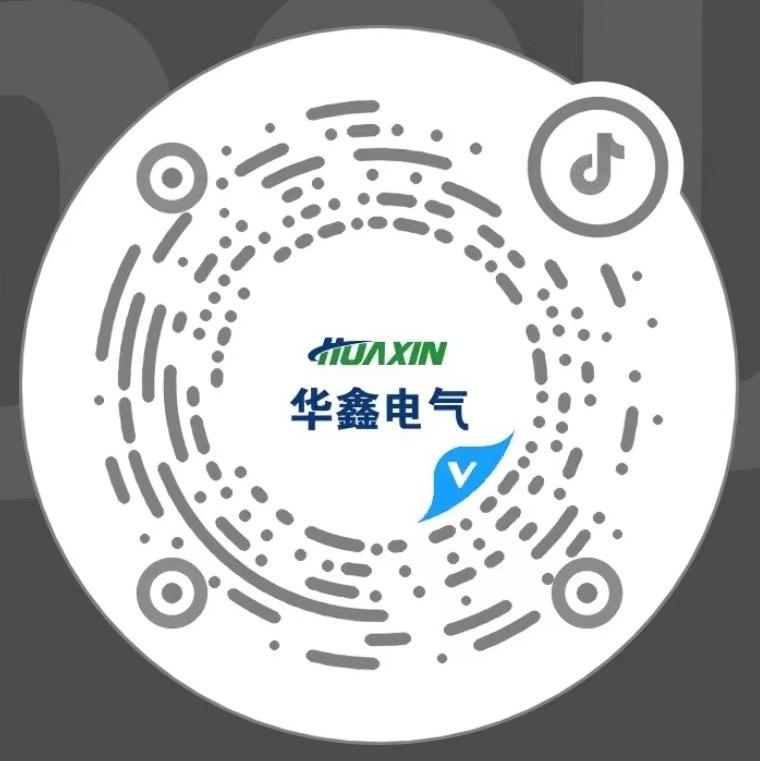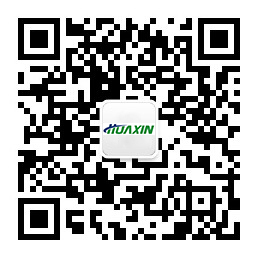Media
NEWS CENTER
What is VFD?
Simply put, VFD is a power conversion device. The VFD converts a basic fixed-frequency, fixed voltage sine-wave power (line power) to a variable-frequency, variable-voltage output used to control speed of induction motors.
Why Use VFD?
Primary function of a VFD in aquatic applications is to provide energy savings. By controlling speed of a pump rather than controlling flow through the use of throttling valves, energy savings can be substantial. By way of example, a speed reduction of 20% can yield energy savings of 50%. The following describes speed reduction and corresponding energy savings. In addition to energy savings, impeller, bearing and seal life is greatly improved.
Available in many different types, VFD offers optimum method for matching pump and fan flow rates to system requirements. VFD is most commonly used. It converts standard plant power (220V or 380 V, 50 Hz) to adjustable voltage and frequency to power AC motor. The frequency applied to AC motor determines motor speed. The AC motors are usually the same standard motors that can be connected across AC power line. By incorporating bypass starters, operation can be maintained even if the VFD fails.
VFD also offers an additional benefit – increased bearing and pump seal life. By maintaining only pressure needed in pump to satisfy system requirements, pump is not subjected to any higher pressures than necessary. Therefore, the components last longer.
The same benefits – but to a lesser extent – also apply to fans operated by VFD.
To obtain optimum efficiency and reliability, many specifiers obtain detailed information from manufacturers on VFD efficiency, required maintenance, diagnostic capabilities within VFD, and general operational features. Then, they make detailed analysis to determine which system will give the best return on investment.
Additional Benefits of VFD
In addition to energy savings and better process control, VFD can provide other benefits:
A VFD may be used for control of process temperature, pressure or flow without use of a separate controller. Suitable sensors and electronics are used to interface driven equipment with VFD.
Maintenance costs can be lowered, since lower operating speeds result in longer life for bearings and motors.
Eliminating throttling valves and dampers also does away with maintaining these devices and all associated controls.
A soft starter for motor is no longer required.
Controlled ramp-up speed in a liquid system can eliminate water hammer problems.
Ability of a frequency converter to limit torque to a user-selected level can protect driven equipment that cannot tolerate excessive torque.
-
About Huaxin
-
Follow Us


-
Share Us
©1996-2023 晉ICP備07500050號 Huaxin Copyright
©1996-2023 晉ICP備07500050號 Huaxin Copyright





